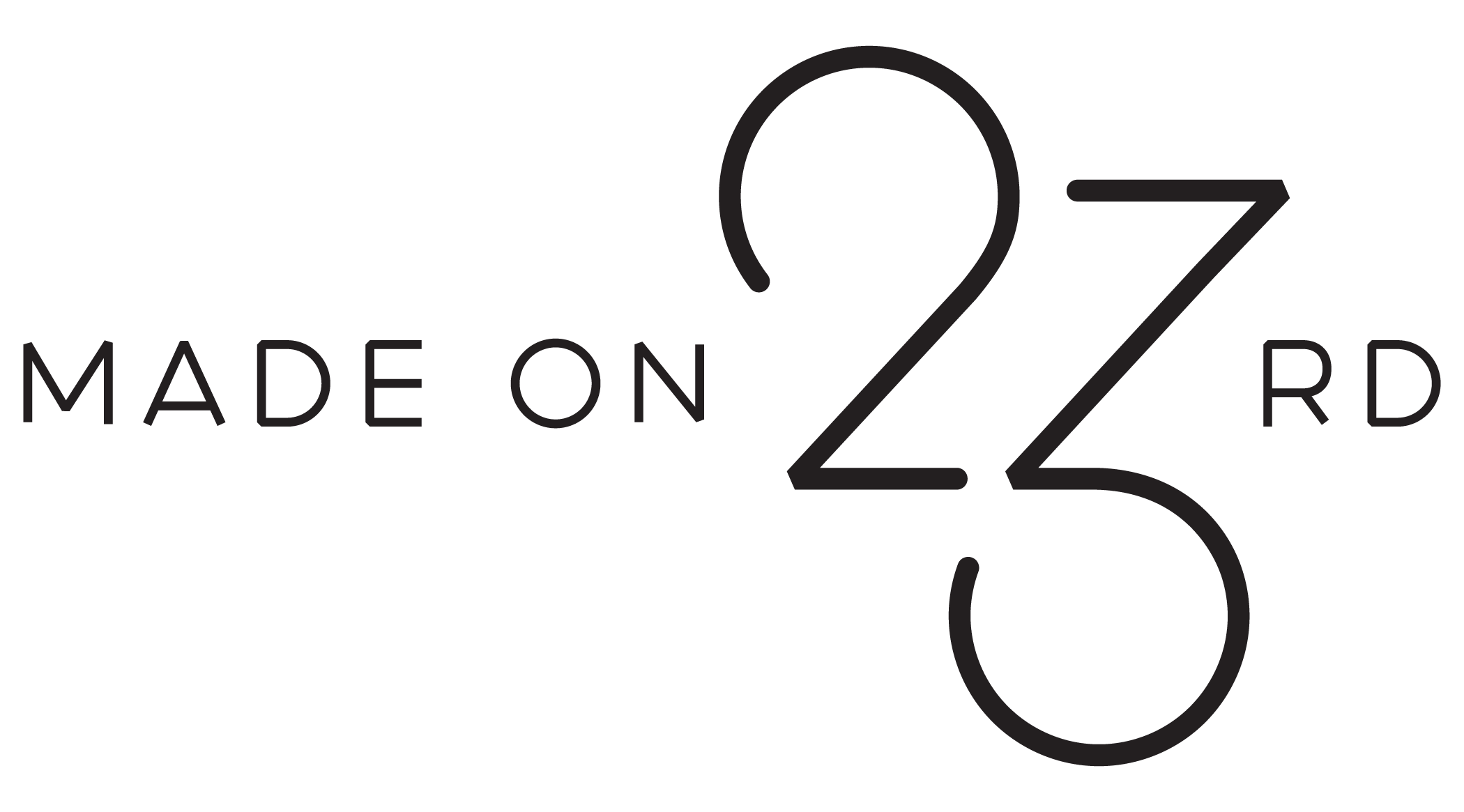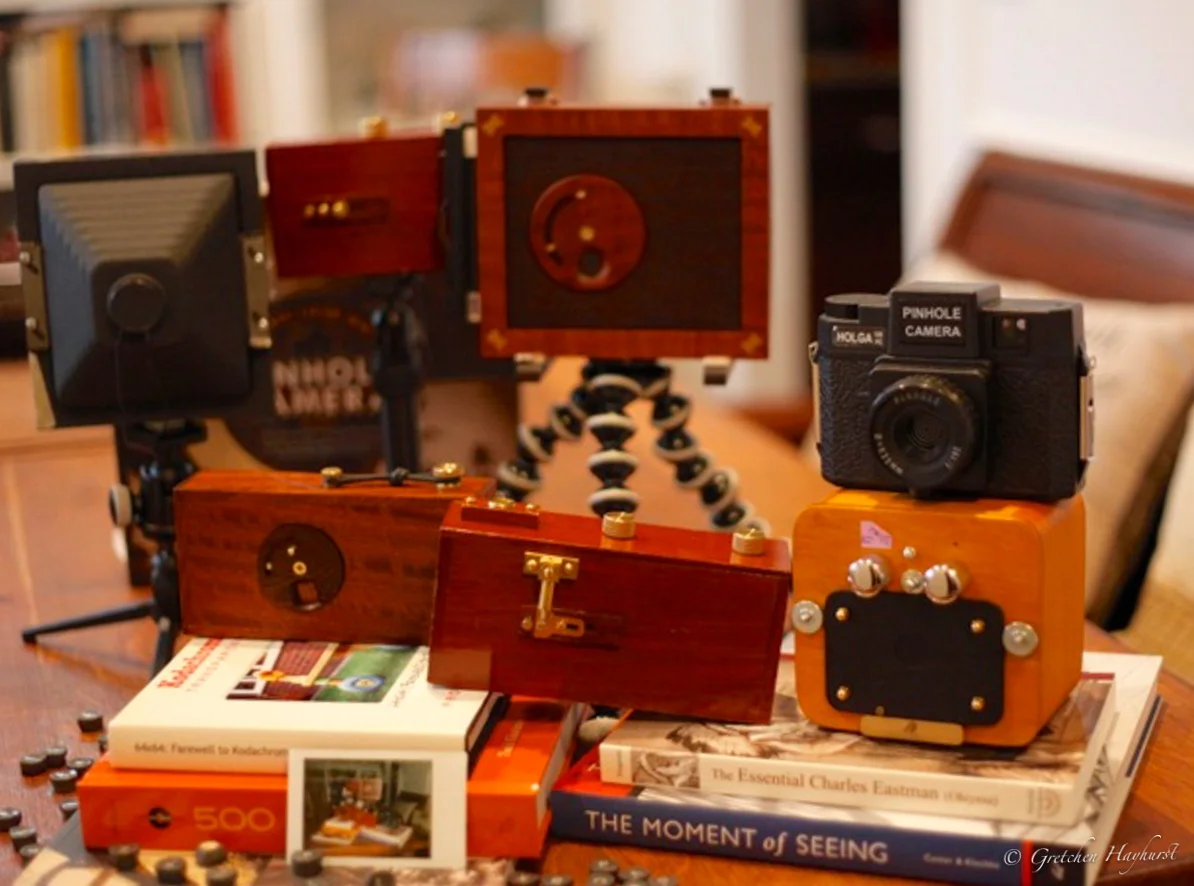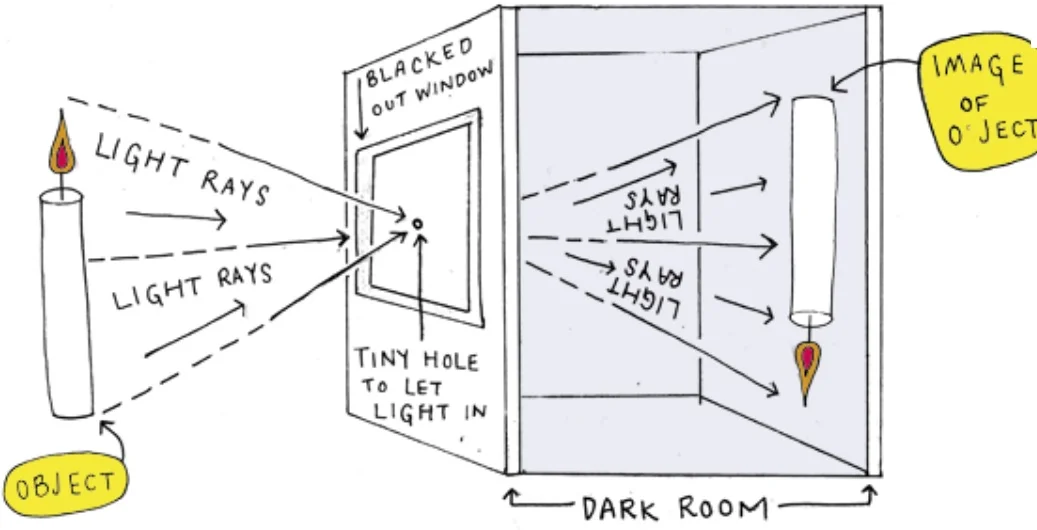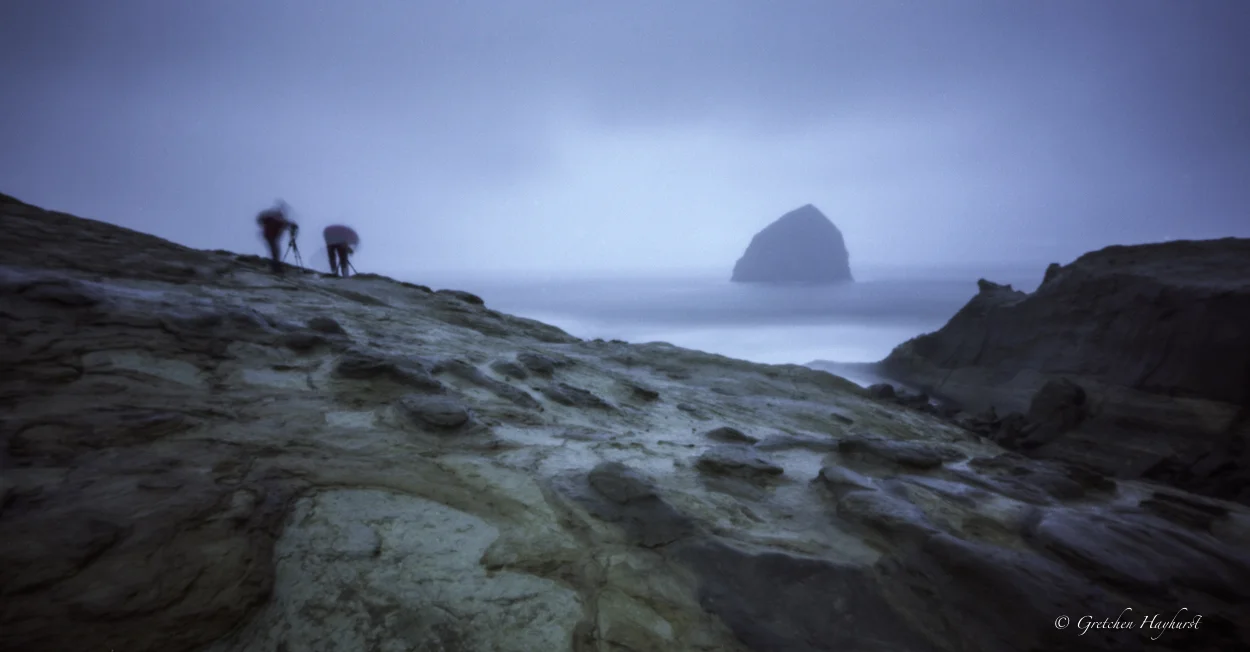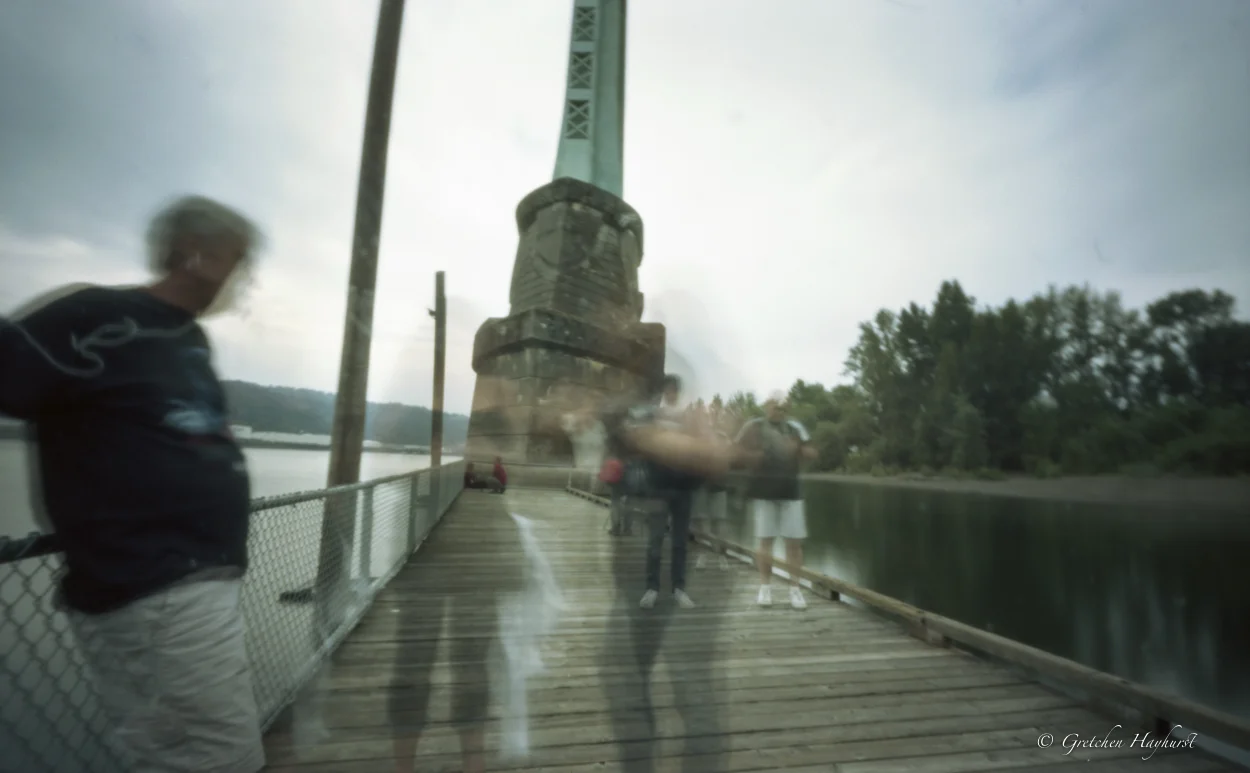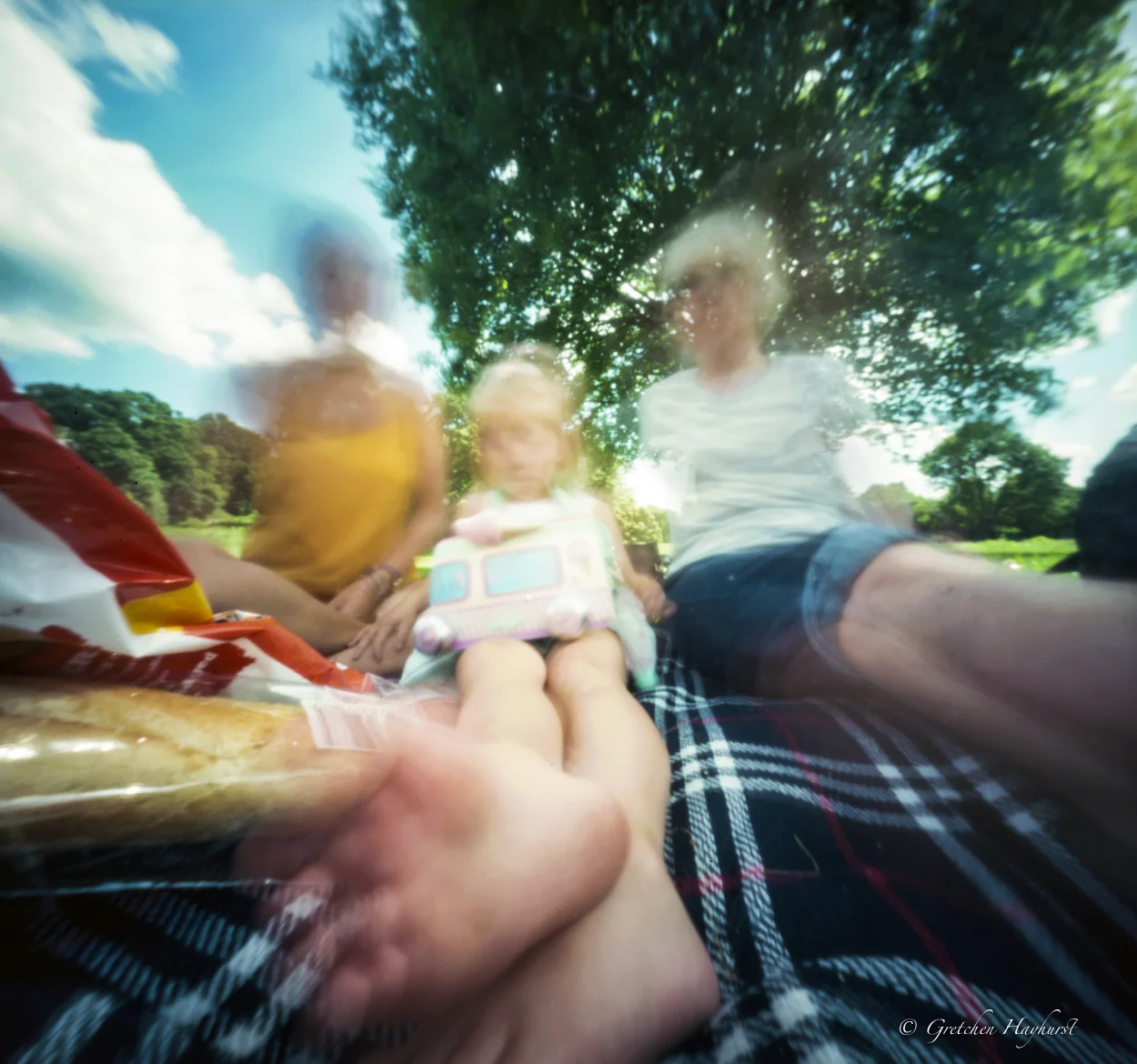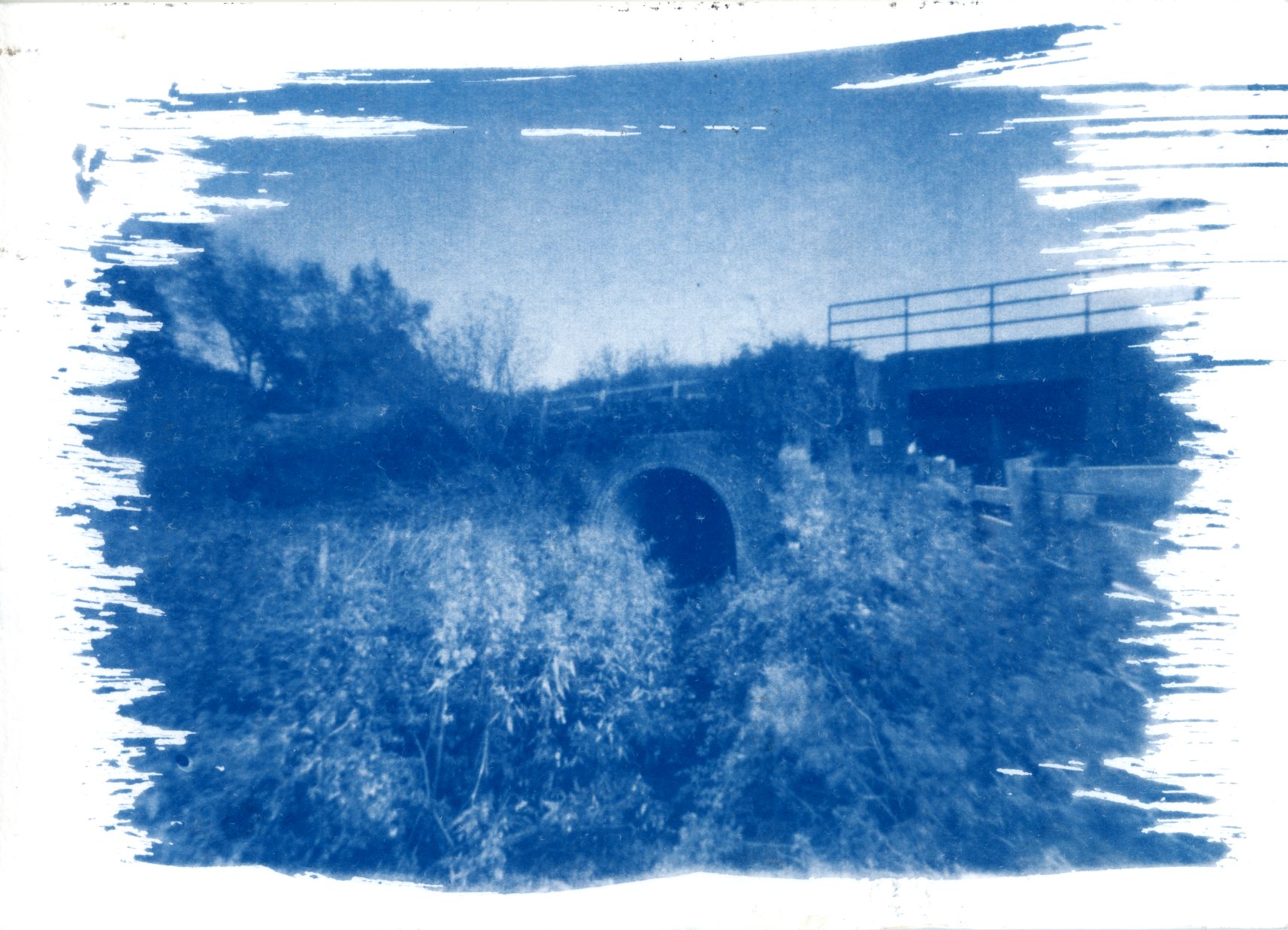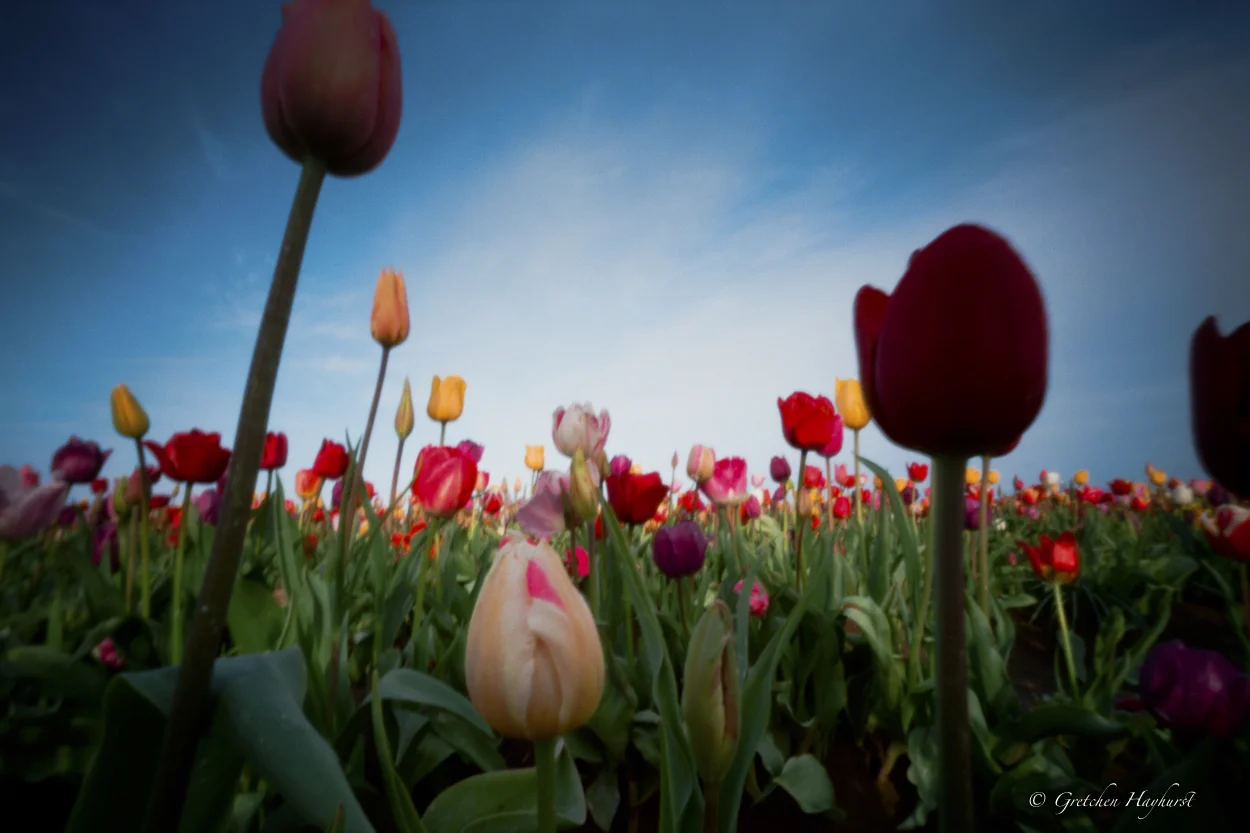Featured Artist: Gretchen Hayhurst
I am very pleased to feature photographer Gretchen Hayhurst this week on our blog. Gretchen has a passion for pinhole photography. It is a lensless photography process that lets light pass through a small hole and creates an image on the back side of the camera. Ghost-like images are often the result of this style of photography which adds a bit of mystery and enchantment to the images. I find this process fascinating and I think you will too!
Here’s what Gretchen had to say about her work.
Gretchen’s camera collection
I started my journey into pinhole photography about 10 years ago with a beautiful wooden Zero Image camera. That journey has continued and I now use a variety of 18 cameras and counting.
Many people, when they see me out with these cameras, ask ‘Why?’. The typical response from pinhole photographers is because it makes you slow down. That is true, as exposures can be as short as one second or as long as several hours. It all depends on the light and photography is all about the light.
Deb’s Studio during a Photography Workshop
How it works: from Photojojo.com
When I open the shutter to the camera a tiny, tiny hole appears and the light slowly streams in, to expose the film that sits inside. For example, a regular digital camera has an aperture opening of about f2.8 to f22, but a pinhole camera is usually around f128 to f256. The larger the number the smaller the hole.
There is no viewfinder, no lens and definitely no LCD screen. I have to use my eyes to survey the scene and my brain to compose the shot. Then I wait and wait while an image is being made on the film. This gives me a chance to enjoy my surroundings.
Cape Kiwanda
Ghosts under a bridge
Because of the long exposures, rushing water smooths out, people walking by either disappear completely or look ghostly. These are things that pinhole photographers love.
Trillium Lake animals
I develop my own black and white film at home, but have my color film developed by a Portland lab. Then I scan the negatives so I can share on social media.
I am just getting into contact printing. This was the method of printing that was invented in the 1800’s. I take a negative, lay it on a sensitized piece of water color paper, and then exposure to UV light(either sunlight or a specially made UV light box). I then have an archival print that is unique to itself.
Cyanotype by Neil Piper. Made with a pinhole camera and then printed on a watercolor paper.
Cyanotype has become very popular lately and I love the blue color. I will be adding this to my process.
There is a huge resurgence of analogue photography and Portland is at the forefront. We are very lucky to have a special all-analogue photography store in St Johns, Blue Moon Camera. That is where I bought my first pinhole camera.
Not knowing exactly what you will see on your film until it’s developed is part of the fun. I don’t fire off hundreds of photos to get a few good ones. On a roll of 12 shots I am usually pleased with most of them. It feels more artistic than digital. I like that it is hands on. I like that no one else will have the same photo as me. It is truly unique and it is art.
You can find more of Gretchen’s work here:
www.gretchenphoto.com and gretchenhayhurst@wordpress.com and @ghayhurst
Image from: Homesteadphoto.com
If you would like to experiment with pinhole photography you can build your own camera following the instructions here.
